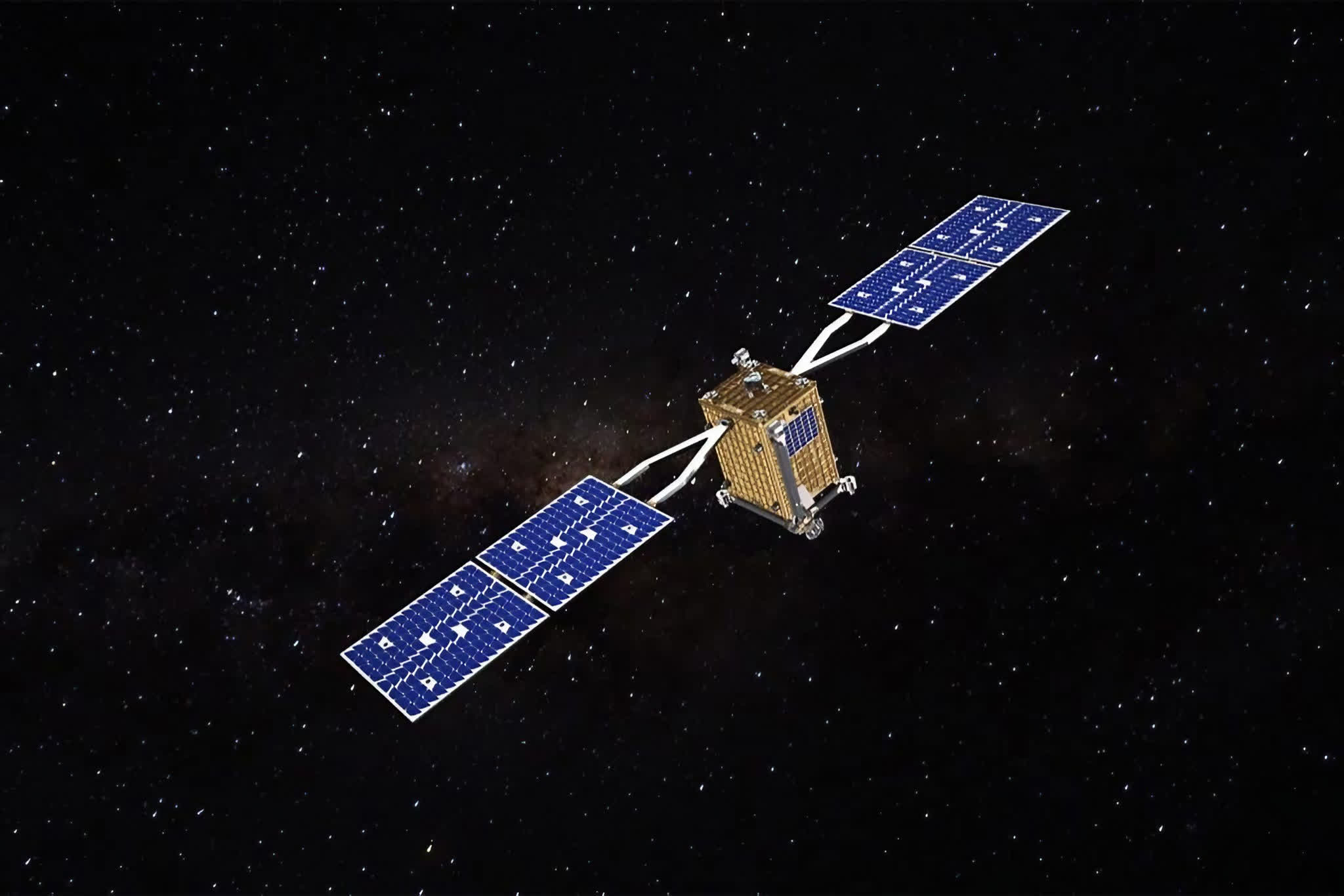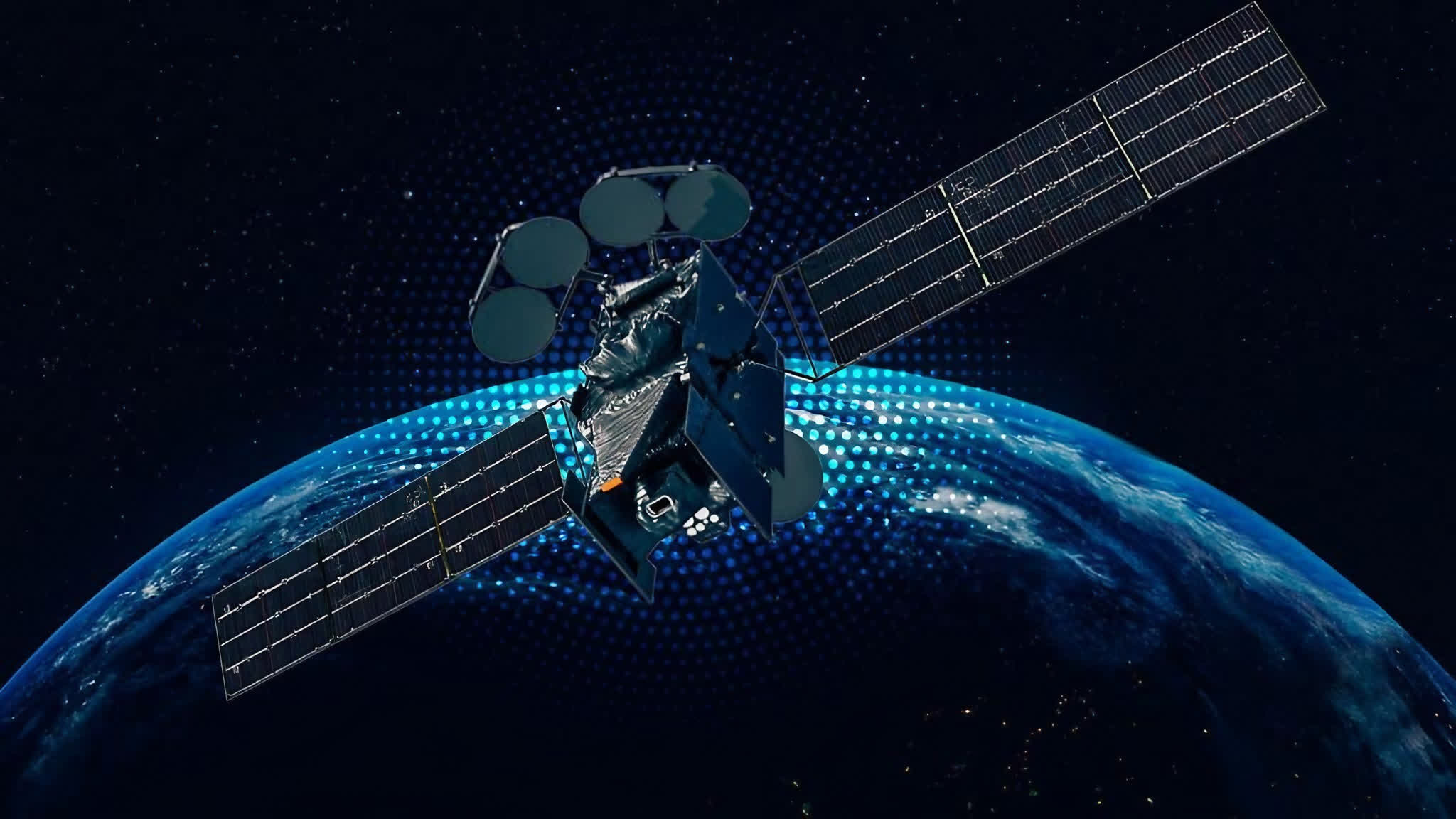What just happened? Space junk just got a major addition in the wake of a satellite disintegration. Intelsat's 33e communications satellite has shattered apart while orbiting at geostationary altitude, raising concerns about orbital debris and service disruptions.

The spacecraft, built by the embattled aerospace giant Boeing, encountered major issues over this past weekend, according to Intelsat. On Saturday, the company revealed the satellite experienced an "anomaly" that knocked it offline. On Monday, Intelsat declared it a total loss after it broke apart.
Intelsat 33e had been providing broadband and other communications services across Europe, Africa, and parts of Asia Pacific. Now, the company says that those customers are being transitioned to other satellites in its fleet or third-party spacecraft.
The US military, which tracks space junk, reported spotting around 20 pieces of debris associated with the satellite's breakup as of last Friday. The Space Force's space tracking outfit stated it was conducting routine assessments to ensure no immediate threats to other spacecraft from the fresh orbital shrapnel.

Beyond the service disruptions, the incident is a financial hit for Intelsat. The satellite wasn't even insured at the time of its demise, making this a total write-off.
The 33e spacecraft was the second of Intelsat's EpicNG high-throughput satellites. Its life had already been shortened by around 3.5 years down from its initial lifespan of 15 years due to a propulsion issue discovered during testing after its launch in August 2016.
The first of these satellites, the Intelsat-29e, was already declared a total loss back in 2019 following just three years in orbit. The failure was attributed to either a meteoroid impact or a wiring defect that caused an electrostatic discharge during heightened solar weather activity.
The loss adds to the struggles piling up for manufacturer Boeing, which has been wrestling with operational issues, including a strike hobbling production of its commercial airplanes. Deliveries of the Boeing 777X plane, which was supposed to turn things around for the company, have once again been postponed to 2026.
Boeing's Starliner crew capsule intended for NASA flights has also been delayed by various technical problems and errors, leaving two astronauts stranded aboard the ISS with no fixed return date.
Image credit: Intelsat
Intelsat's Boeing-made satellite breaks up in space, disrupting communication services